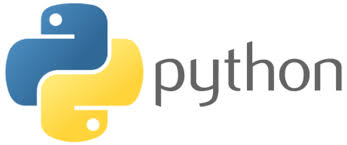CS 100

Scientific Computing
Activity 8 - Boolean expressions, logical operators, and if statements
Create a file boolean.py and save it to cs100/ch2.
- Let
n=10andk=20. For each of the following boolean expressions, determine whether it evaluates toTrueorFalse. First, write your answer in comments. Then, verify it by writing code to print out the result of the expression.(n == 10) and (k == 20)(n > 10) and (k == 20)(n > 10) or (k == 20)not( (n > 10) and (k == 20) )(not(n > 10)) and (not(k == 20))(n > 10) or (k == 10 or k != 5)(n < 20) or (k == 20)(n <= 10) and (k < 20)(n >= 10) and (k <= 20)
- Suppose you have a variable
numwhich is initialized to some value. Give a boolean expression for each of the following situations:- determine if
numis between 5 and 10, inclusive. - determine if
numis greater than or equal to 0 and strictly less than 100. - determine if
numis strictly less than 100 and greater than or equal to 0, or it is equal to 200 - determine if
numis a strictly positive number but not strictly larger than 150
- determine if
- Consider these lines of code to answer the following questions. Write your answers in comments. Verify it by running the code.
if x > 5: print("A") elif y < 10: print("B") elif x == 10: print("C") else: print("D")- What prints out if initially
x=8andy=3? - What prints out if initially
x=5andy=11? - What prints out if initially
x=10andy=11? - What prints out if initially
x=0andy=5? - Is there any value of
xorythat will print “C”?
- What prints out if initially
- Import the
randommodule at the top of your file. What is exactly do the following statements print? Why are the results different? Write your answer in comments.print( random.random() ) print( random.random() ) print( random.random() ) - Write a function that takes three integers as parameters and returns the largest integer.
If you finish early
-
Complete problem 2.33 on page 72 of your book.
-
Complete problem 2.35 on page 72 of your book.
How to submit
Submit your file to Moodle.